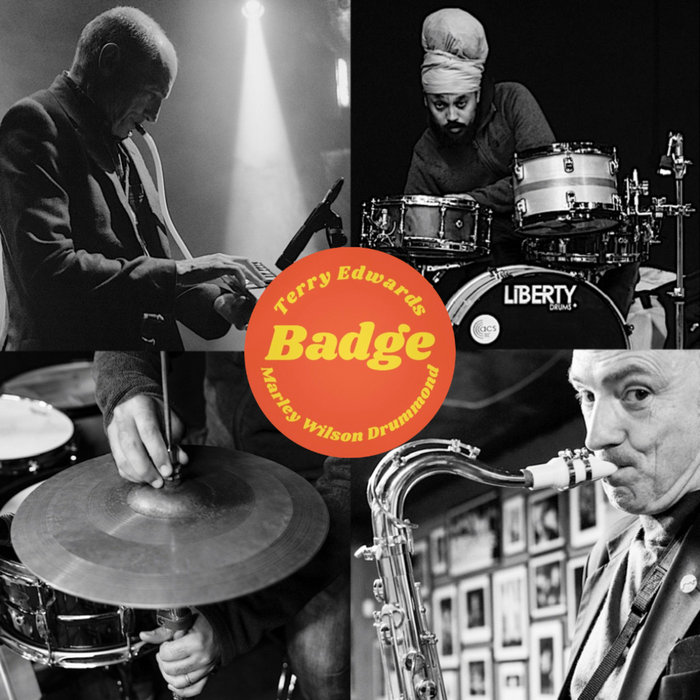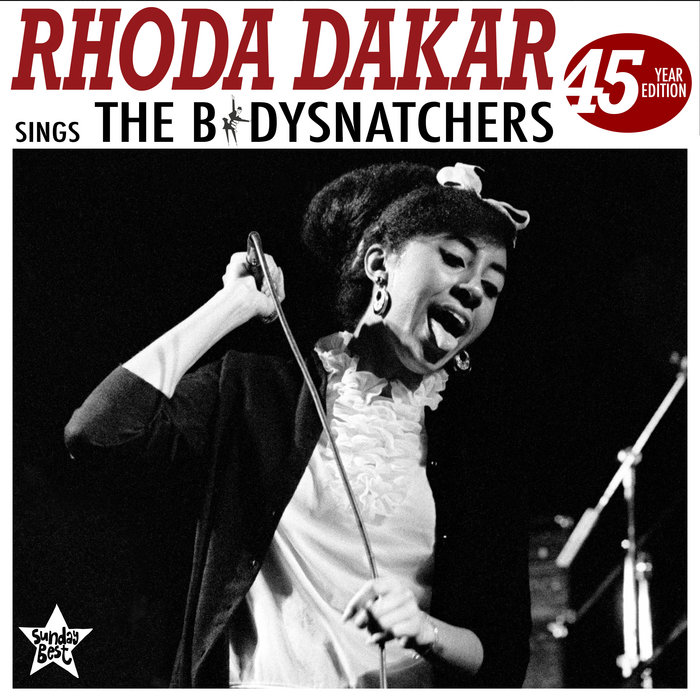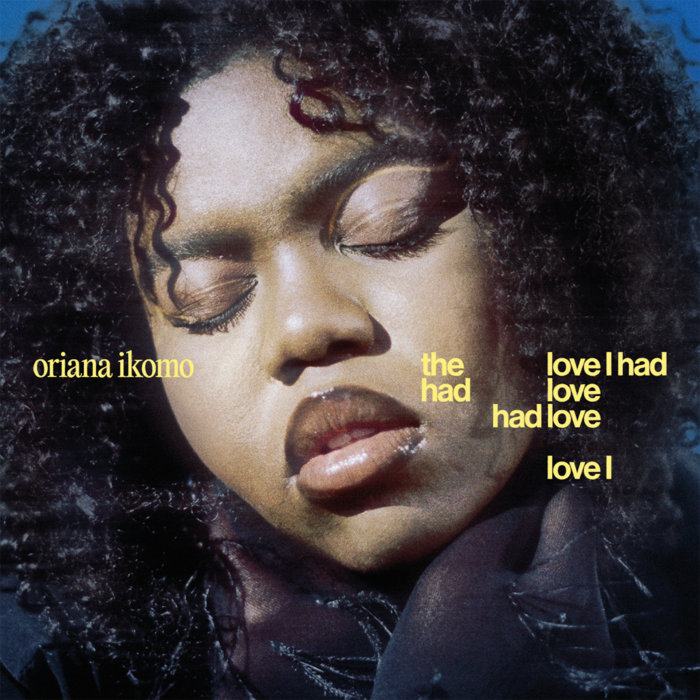
Lighthouse – Tara Nome Doyle
this blog is GROOVY – check out great Soul, Funk, Jazz, Hip Hop, Bass, Breaks , Reggae, House n many more TUNES
Pop music, man! It’s like that infectious beat that gets under your skin and makes you want to dance, sing, and just feel groovy. But how did this vibe come about? Let’s take a trip through time and explore the fun history of pop music!
Pop music as we know it started really taking shape in the mid-20th century. Before that, there were tunes buzzing away in various forms—jazz, swing, rock ‘n’ roll—but nothing quite hit the mass appeal spot until around the 1950s. The term “pop” originally stood for popular music; it was all about catchy melodies that would get everyone singing along.
One of the first big names in pop was none other than Elvis Presley, who mixed country sounds with rhythm & blues to create something fresh and exciting. His hip-shaking moves had parents clutching their pearls while teens went wild!
Then came The Beatles, those four lads from Liverpool who turned everything upside down. Their harmonies and experimentation paved way for what we now recognize as modern pop. Fun fact: when they landed in America in 1964, their arrival was so massive that it became known as “Beatlemania.”
Speaking of fun facts—did you know Ringo Starr once played with a band called Rory Storm and The Hurricanes? Sounds like an epic name for a superhero squad!
As we sashayed into the ’70s, disco took over like nobody’s business! Think glittery outfits and dance floors packed full of folks boogying down to hits by artists like Donna Summer or the Bee Gees. Who could forget Saturday Night Fever? Here’s a funny tidbit: John Travolta got his iconic moves by channeling his inner disco king—but he initially didn’t plan on being such an amazing dancer; he simply wanted to win some contests at clubs!
The ’80s brought us synth-pop revolutionaries like Duran Duran and techno innovators such as Depeche Mode feeding our need for catchy hooks layered with electronic beats. It was also when teen idols exploded onto the scene—think Madonna, whose bold fashion choices still inspire style today (hello cone bra!).
And let’s talk about Prince—a musical genius known for mixing genres like nobody’s business! One quirky note: Prince reportedly recorded hundreds of unreleased songs during his life; one has even joked he might be hiding out somewhere with them all ready to drop another classic surprise album!
Fast forward into the late ’90s and early 2000s—you’ve got superstars popping up everywhere! Names like Britney Spears exploded onto MTV screens with her hit “…Baby One More Time,” capturing hearts—and eye rolls—from parents everywhere.
Funny story: when she burst onto the scene at age 16, Britney didn’t realize how famous she’d become—it wasn’t until she saw fans camping outside her house trying to catch a glimpse of her that it finally sunk in.
Artists began blending genres more than ever before—with hip-hop pushing its head into mainstream waters alongside traditional pop forms thanks largely due to legends like Michael Jackson leading every chart known to humankind (seriously!) with tracks from Thriller, which is still lauded as one monster hit after another.
Now here we are today—the future is bright but also weirdly eclectic because pop is always evolving! You’ve got guys rapping while autotuning their voices and wearing multiple chains (thinking about you Migos), while others wind things back—to happy-go-lucky melodies akin to Katy Perry’s feel-good bangers.
Oh-oh—let’s not forget about viral sensations too! TikTok stars are literally shaping hits these days faster than any record label can keep up (cue “Old Town Road”—yeah Billy Ray Cyrus knows what’s up).
1️⃣ Some people think Justin Bieber started off just doing covers on YouTube—but did ya know he’s also gifted at playing drums? Who knew?
2️⃣ Taylor Swift started writing songs at age 12; she couldn’t find anyone who understood her lyrics until someone told her “you might be kinded adult” — so now instead she’s queen-ing all radio stations worldwide making #1 hits happen even without needing radio-play sometimes?!
3️⃣ Speaking again ’bout good ol’ Biebs—he almost ended up going fully acoustic after hitting fame but thought better against jumping solely into folk territory instead kept riding waves till we discovered him showing love across genre lines means serious crossover potential woohoo!!
4️⃣ Lady Gaga blew minds reinventing herself each era from meat dresses (goodbye vegan possibilities) straight through glam-rock wonderfulness yet remains humble enough remind audiences it’s okay embrace inner oddity because hey—we’re all unique creatures dancing along together!
So there you have it—a quick jaunt through potpourri-like history filled comedic tales colorful memories surrounding beloved genre rootin’-tootin’ brightly shining above canvas world mixes called POP MUSIC!! Whether belt out classics around campfires or groove bedroom floor alone—it’ll forever connect vibes generations past present even future 🙌 . Keep jiving ya crazy cats!! 🎤💃🎶

Lighthouse – Tara Nome Doyle

Kurudu Dalında Soldu Yaprağım – Anatolian Rock Laboratory

Buttondown – Terry Edwards & Marley Wilson Drummond

Too Experienced – Rhoda Dakar

En Retard – Stella & The Longos

DULL – Turnstile

WTF – Cosmo Klein

Love and Hate in a Different Time – Gabriels

Afro blue ft. Azertyklavierwerke – Oriana Ikomo, Azertyklavierwerke

Direne Direne – Derya Yıldırım & Grup Şimşek